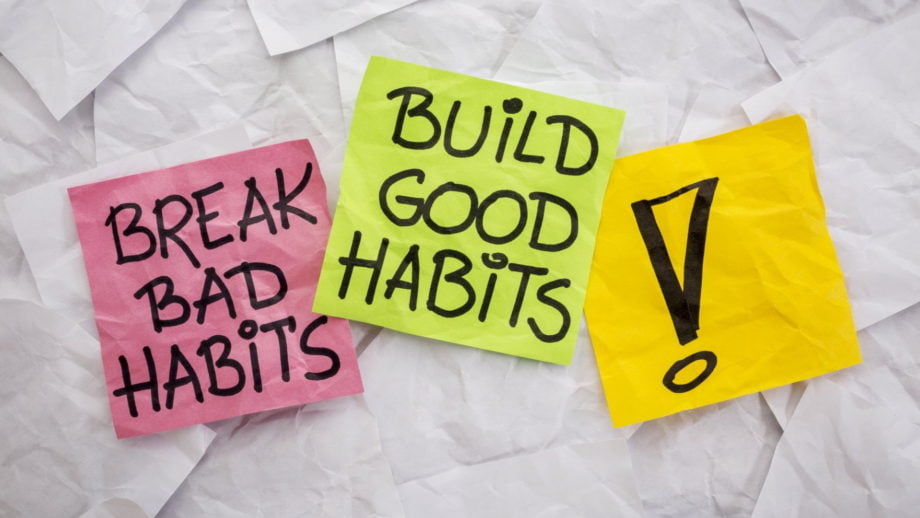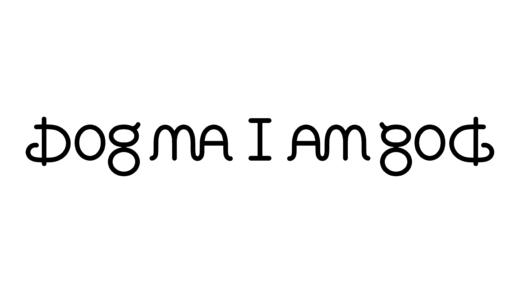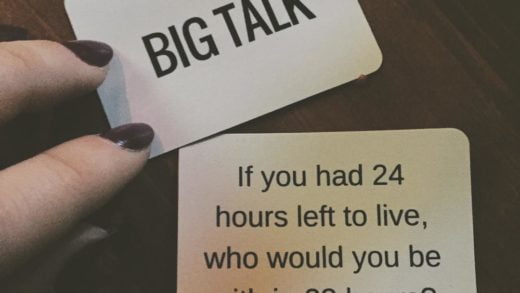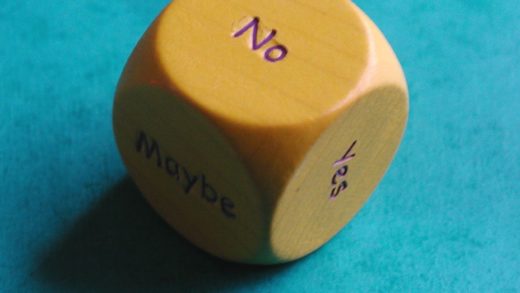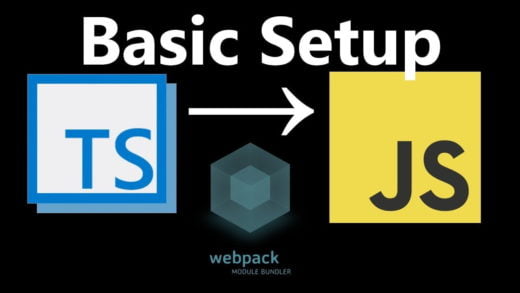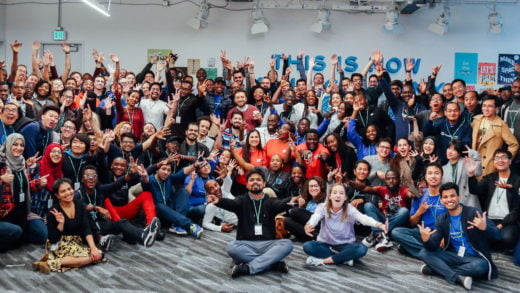The best way to move forward towards achieving our dreams is to commit to them. And habits are the compound interest of self-improvement. But who wants a huge to-do list that we do not even look at it? Does anyone have a better way of doing it?
Yes, commitments and habits are hard. They can either work for us or against us.
But how do we make them effortless?
Let us explore research-backed answers by James Clear, which he shared in his book Atomic Habits: An Easy & Proven Way to Build Good Habits & Break Bad Ones.
According to him, an atomic habit is one that is part of a larger ecosystem. They are the building blocks of remarkable results.
James provides us with 4 laws that help us change our behavior without putting in tons of effort. Let us break them down.
1. Make it obvious
As we have discussed in our post around sticking to goals by cultivating habits, we want to avoid goal setting and focus on habits. But defining a habit vaguely is of not much good either. I want to exercise more regularly amounts to nothing until we decide to be specific with it.
“I will wake up every day at 6 AM and go for a run in the park next to my house”: sounds more like a plan when someone hears it. And if we are specific, we usually tend to follow through. While we call it a plan, people with Ph.D.’s call it “implementation intention”. And they have proven that it works.
The formula for creating one is simple:
I will [BEHAVIOR] at [TIME] in [LOCATION].
This helps our minds have clear plans and affirm that we need to work and build good habits at specific times during the day.
A planned commitment is a choice made in the present that locks in better behavior in the future.
Another hack is to use habit stacking. From the book:
Habit stacking is a special form of an implementation intention. Rather than pairing your new habit with a particular time and location, you pair it with a current habit.
And there is a slightly different formula for habit stacking.
After [CURRENT HABIT], I will [NEW HABIT].
“After waking up and scrolling through my Instagram feed, I will go out for a walk.”
Habits initiated by cues are more likely to trigger our thoughts and make us work towards them. Gradually, we stop needing the trigger. The context becomes the cue.
Now that we have defined our habit, let us move to the next law.
2. Make it attractive
Fun things get finished. If good habits were fun, we would be getting them done. The insight to gain is that we should try and combine the fun stuff with the not-so-fun stuff. That will help us complete both of the items.
This is known as temptation bundling. The fulfillment of an item is not as lucrative. The anticipation of the reward gives us a dopamine rush.
Habits are dopamine-driven feedback loops. When the dopamine rises, our motivation to act increases.
If doing something that we want to put off means that we get to work on something fun, we enforce the less probable behavior on us. And thus we get stuff done if we restrict ourselves in such a manner.
James talks about an engineer, who like most engineers, loved Netflix and hated exercising. He automated a computer program that only allowed Netflix to play if his stationary bicycle was at a certain minimum speed. And thus he became fitter while watching Netflix.
The most powerful outcomes of compounding are delayed. So we need to resort to such tricks to help our mind build patience. Once we start to build good habits, they become a part of our identity. Every action becomes a vote for the type of person that we want to become. Therefore, to get to that point where habits become automatic, the purpose is to get there with as little energy and effort as possible.
Another way to reinforce this strategy and build good habits is by making peer pressure work for us. The culture we live in determines behaviors that we get attracted towards. We tend to adopt habits praised and approved by our peers because we want to fit in with the tribe. We can make use of that desire by getting involved in groups of people who are doing the things that we wish to do more of. That is why communities are such a great resource to tap into.
We would rather be wrong with a tribe than be the outlier. From the book:
When astronaut Mike Massimino was a graduate student at MIT, he took a small robotics class. Of the ten people in that class, four became astronauts. If your goal was to make it into space, then that room was about the best culture you could ask for. Similarly, one study found that the higher your best friend’s IQ at age eleven or twelve, the higher your IQ would be at age fifteen, even after controlling for natural levels of intelligence. We soak up the qualities and practices of those around us.
Okay, we have surfaced craving for a habit, and have created a deeper underlying motive. We have made it attractive by associating it with a positive feeling, and are on the path to create a motivation ritual. Before we do that, there is an important thing we need to keep in mind before we go on and build good habits.
3. Make it easy
Planning is important. But it is the execution that takes the most effort. We want to adapt our environment so that it is not fighting against us. As daunting as it may be, the most effective form of learning is practicing.
We gravitate towards the option that requires the least effort. This is often called the law of least effort. So we need to create bite-sized next steps for ourselves for the habits that we are trying to build. And let the environment and our inherent laziness guide the rest.
The book quotes:
The central idea is to create an environment where doing the right thing is as easy as possible. Much of the battle of building better habits comes down to finding ways to reduce the friction associated with our good habits and increase the friction associated with our bad ones.
Creating an environment where doing the good habit is as easy as possible reduces friction. If we want to be healthier, we can put buy more fruit and put it up front in the kitchen. And snacks can be left in the grocery store. If we were to go to the store to get snacks when we are hungry, we would rather eat the fruits instead.
It also helps to make the habit stick if we start cultivating habits with a step that takes less than two minutes. Though it might seem ridiculous, but the baby steps can continue to impact our behavior in the long run. Choosing to perform a habit is a decisive moment. We either walk down a productive road, or fork into an unproductive one. The more we ritualize the beginning of the process, the likely it becomes to follow through.
We need to standardize our habits first before optimizing for being the best. There is no improvement possible for a habit that does not exist. Once we have the habit, the deep focus for it can follow in later.
Stanford researcher BJ Fogg terms this as “minimum viable effort.”
Walking 10 steps when you wake up might not sound like a big deal. But it is so ridiculously simple that there is no reason for you to not do it. The number of steps and speed can increase with time.
The idea is to make your habits as easy as possible to start. Anyone can meditate for one minute, read one page, or put one item of clothing away. And, as we have just discussed, this is a powerful strategy because once you’ve started doing the right thing, it is much easier to continue doing it. A new habit should not feel like a challenge. The actions that follow can be challenging, but the first two minutes should be easy. What you want is a “gateway habit” that naturally leads you down a more productive path.
And for the final law, we need to keep doing the habit that we are cultivating.
4. Make it satisfying
This is the “cardinal rule of behavior change”. Quoting James
What is immediately rewarded is repeated. What is immediately punished is avoided.
Instant gratification is the key to the repetition of any habits. As we have discussed in our post on overcoming procrastination and the Akrasia effect, our brain prioritizes immediate rewards over delayed ones.
Even if success is measured as a small win, we need to feel it immediately. The first three laws increase the odds of building a good habit. But to ensure that the habit is repeated, we need to make it satisfying.
In the beginning, you need a reason to stay on track. This is why immediate rewards are essential. They keep you excited while the delayed rewards accumulate in the background. What we’re really talking about here… is the ending of a behavior. The ending of any experience is vital because we tend to remember it more than the other phases. You want the ending of your habit to be satisfying. The best approach is to use reinforcement, which refers to the process of using an immediate reward to increase rate of behavior.
“If the puppy does a trick, it gets a treat.”, or: “Do your homework and you can watch television.” I guess mothers were on to these laws before anyone else.
Or we can just create a habit tracker to remind ourselves of progress being made. Try and keep the streak alive and targeting to never miss twice.
Or get an accountability partner to add a social cost to the behavior. And celebrate milestones with.
Summing up how to build good habits
James has provided us a lot of things. Rounding it up, we need habits to become routine so that we do keep doing them effortlessly. The ability to keep going is what makes a difference. Professionals stick to the schedule; amateur let life get in the way. Habits let us do things without thinking much. Cultivating habits and practicing deliberately eventually leads to mastery.
In order to easily build good habits, we must:
- Make It Obvious: Set specific location and time. Or tie a new habit to an old one
- Make It Attractive: Bundle fun things with newer habits
- Make It Easy: Start with habits that are done within 2 minutes
- Make It Satisfying: Reward yourself on success
The ultimate form of intrinsic motivation is when a habit becomes part of your identity. It’s one thing to say I’m the type of person who wants this. It’s something very different to say I’m the type of person who is this. The more pride you have in a particular aspect of your identity, the more motivated you will be to maintain the habits associated with it. If you’re proud of how your hair looks, you’ll develop all sorts of habits to care for and maintain it… Once your pride gets involved, you’ll fight tooth and nail to maintain your habits.
Start enough good habits and you will not just be doing better things.
You will become a better person.
Hope this post helped you gain better insights on how to build good habits. Please drop a comment below with your thoughts and what habit you are planning to cultivate. Let us move forward together and help each other with reflection and review.

